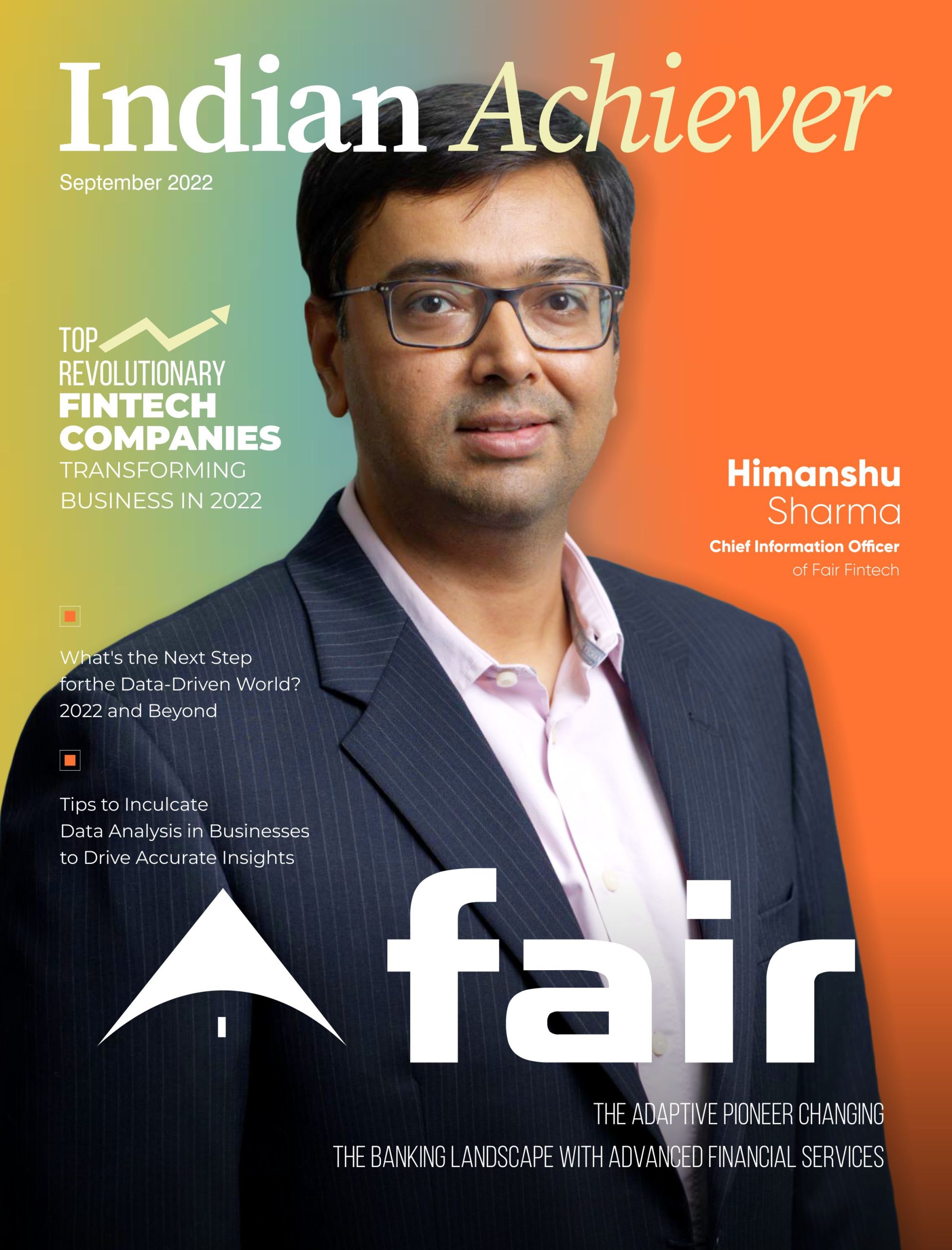
In the startup community, there has been a lot of discussion about funding winter, which, generally speaking, is a time when funding businesses would be challenging. 2020 and 2021 were excellent years to acquire funding if one looks at recent years. Despite the start of Covid-19, funding for 2020 did not significantly decline, and the same was true for 2021.
Public and private financial markets both have peaks and valleys as part of their cycles. There is now a possibility of recession and a rising interest rate environment as a result of the recent Russia-Ukraine war, oil supplies, declining GBP/EUR, rising inflation, etc., to mention a few problems.
As a result, the cost of capital has soared, and investors are reluctant to use money as they formerly did. Overall, the scenario is not favourable for entrepreneurs, whether they are in the early or late stages. A clearer picture is provided by examining the most recent couple of quarters. Both the amount of money and the number of companies receiving funding have been on the decline.
Despite this, market swings will always exist, whether they were in 2008–10 or even in 2016 when funding levels decreased. Even though we are presently in a downward spiral, we are curious as to when this winter will hit.
The fact that funds worldwide and in India have raised record sums of money is a crucial factor to take into account. Venture Capital (VC) firms have raised as much money in the US in H1 2022 as they did in all of 2021. Just in H1 2022, VC funds in India raised $14.1 billion (this is more than 3X of the 2021 number for perspective).
This indicates that there is a significant amount of “dry powder,” or money, available for use.
Venture capital is “patient money,” meaning it will wait to invest until the right opportunities present themselves.
Combining all of this, we will observe different outcomes depending on the industry and stage of the startup.
Given that IPOs are a highly desired path for existing investors, late-stage firms frequently see internal rounds. There wouldn’t be a rush for late-stage firms to use IPOs as an exit strategy, given the track record of prior IPOs and subsequent share prices. The most damage may occur to this sub-segment. It would be crucial to survive this “winter” phase without breaking.
As a result, one would observe layoffs, reorganisation of business plans and projects, and a quick alignment to the goal of increasing EBIDTA and business profitability. Overall, a method for reducing burn rate and extending the runway.
Changes would also affect seed-stage and Series A startups. There is a lot of “dry powder,” but some industries would find it simpler to secure investment than others. This could be due to a number of factors, including the sector’s outlook (positive or negative) and the fact that many VC firms have already placed their bets in some industries that have received significant funding in the previous two years rather than placing new ones.
Since sustenance would be crucial, startups in the Series A/B/C segment may receive bridge funding or flat rounds. In order to survive this slump, startups have already started reducing their marketing budgets and streamlining their workforce. The deployment of funds is likely to occur despite the fact that venture capitalists are paid to be patient, as they will be under pressure to make returns for their investors. Having stated that, the evaluation parameters may evolve, shifting from growth at any cost to growth with strong profitability/business indicators.
VC funds would look for solid deals (startups), take their time making wise choices, and add high-caliber businesses to their portfolio. Additionally, they would set aside money for their current portfolio companies to ensure their success throughout this time. Consolidation and M&A activities would also increase.
In industries with a lot of many startups that are similar to one another, some can fail to raise money or get bought out by bigger firms.
Despite this, it is also well known that unicorns and even high-caliber start-ups are created during difficult circumstances.
VCs are aware of this because they have been in the industry for years. Even if VCs would conduct more thorough due diligence and use stricter evaluation criteria, high-caliber start-ups would still receive funding. Startups must adjust to this in order to survive the difficult time. We are confident that those who succeed will be of the highest calibre and have favourable financial metrics.











